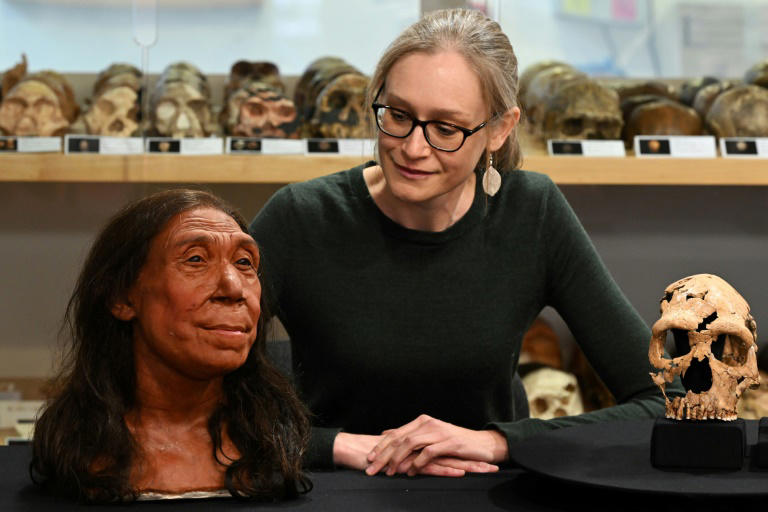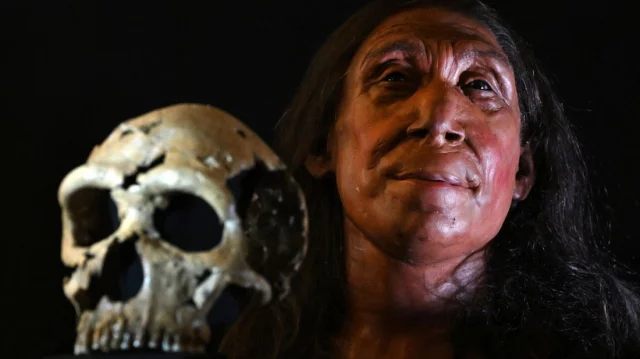FALCON POWERS – British researchers have successfully reconstructed the head and face of a woman from the era of primitive humans (Neanderthals) who lived approximately 75,000 years ago.
A documentary titled “Secrets of the Neanderthals,” produced by the BBC and available for streaming on Netflix starting Thursday, tells the story of this scientific endeavor, starting from the discovery of a skull in Iraqi Kurdistan to the process of reconstruction. The project began in 2018 when archaeologists from the University of Cambridge discovered a skull belonging to a Neanderthal individual, which they named “Shanidar Zed” after the cave where it was found. The cave had been inaccessible to scientists for political reasons for over 50 years.
Based on the examination of the skull, researchers concluded that it belonged to a woman who was around 40 years old at the time of her death.

Back in 1960, American archaeologist Ralph Solecki successfully excavated the lower part of a skeletal structure along with the remains of at least ten Neanderthals.
The discovery of the Shanidar Zed skull, which had been buried in the ground and likely crushed by a falling rock shortly after the woman’s death, was a significant surprise for the researchers.
Professor Graeme Barker from the McDonald Institute for Archaeological Research at Cambridge explained to Agence France-Presse, “We wanted to try to date the burials… in order to use the Shanidar site to contribute to the big debate about the reasons for the extinction of Neanderthals,” who coexisted with modern humans for a few thousand years before going extinct around 40,000 years ago. Emma Pomeroy, an ancient anthropologist at the University of Cambridge, further explained that the bones and the surrounding sediments were fixed with a type of glue before being carefully removed in numerous small fragments enclosed in aluminum foil.
Over 200 bone fragments from the skull were then assembled in a laboratory in Cambridge using a highly valuable “very jigsaw-like” three-dimensional reconstruction technique, according to Emma Pomeroy.
After the reconstruction of the skull, it was 3D-printed, allowing two renowned fossil artists, Dutch twins Adrie and Alfons Kennis, to reconstruct the face by applying layers of reconstructed skin and muscles.
Emma Pomeroy noted that the reconstructed face shows that “the differences were not very clear” compared to modern human faces. It’s worth mentioning that Neanderthal skulls are distinct from those of modern humans, characterized by “massive brow ridges and almost no chin.”


